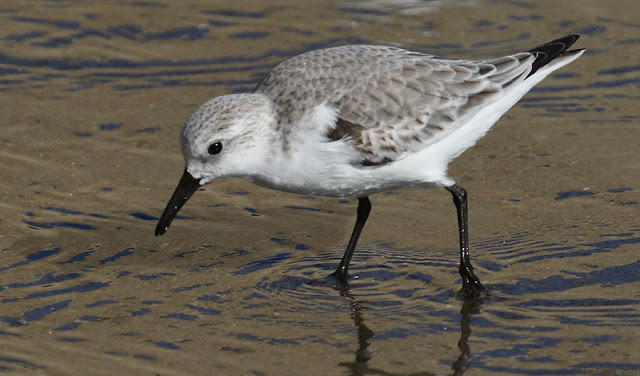
Wow! Was I surprised to see this little "button" in the intertidal zone today (1 November 2021). We're doing some field work in the San Diego area, and I looked down to see this Blue Button (Porpita porpita) among the rocks. I've always wanted to see this species, and this is my first!
Blue Buttons are pelagic colonial hydrozoans related to By-the-Wind Sailors (Velella velella), and like Velella they're blue when alive (see link to photos below). But when the animal has died the floats that are left behind are a silvery transparent color.
Having a more tropical distribution, I didn't know Blue Buttons could be observed in California, but there are at least half a dozen records in iNaturalist from about Oxnard (Los Angeles area) down to San Diego.
Here's another photo on a rock:
For a nice photo of a living Blue Button, see this NOAA Ocean Explorer web page. And here's another beauty taken by David Liittschwager.
Now if only I could find a live one!









































